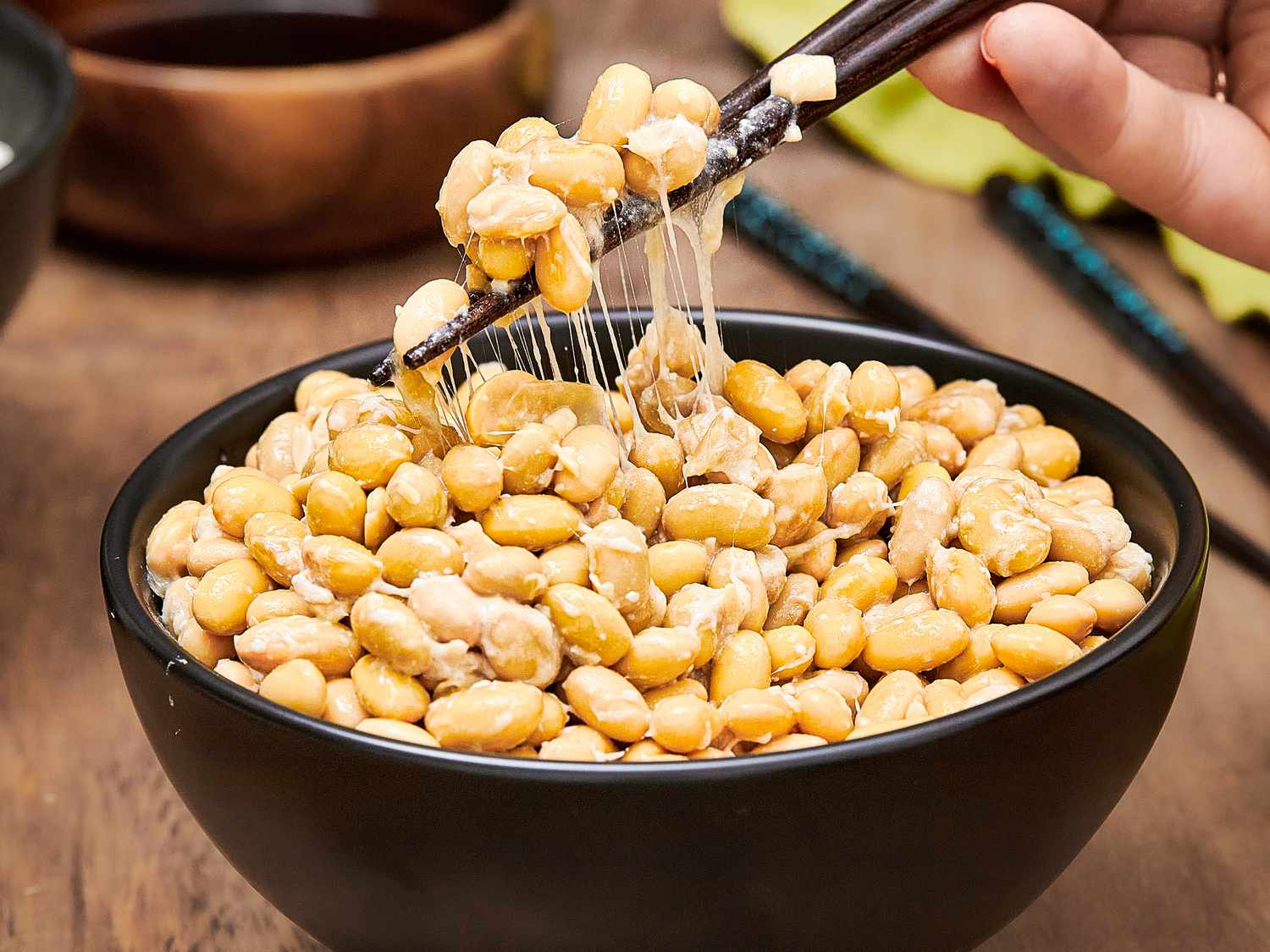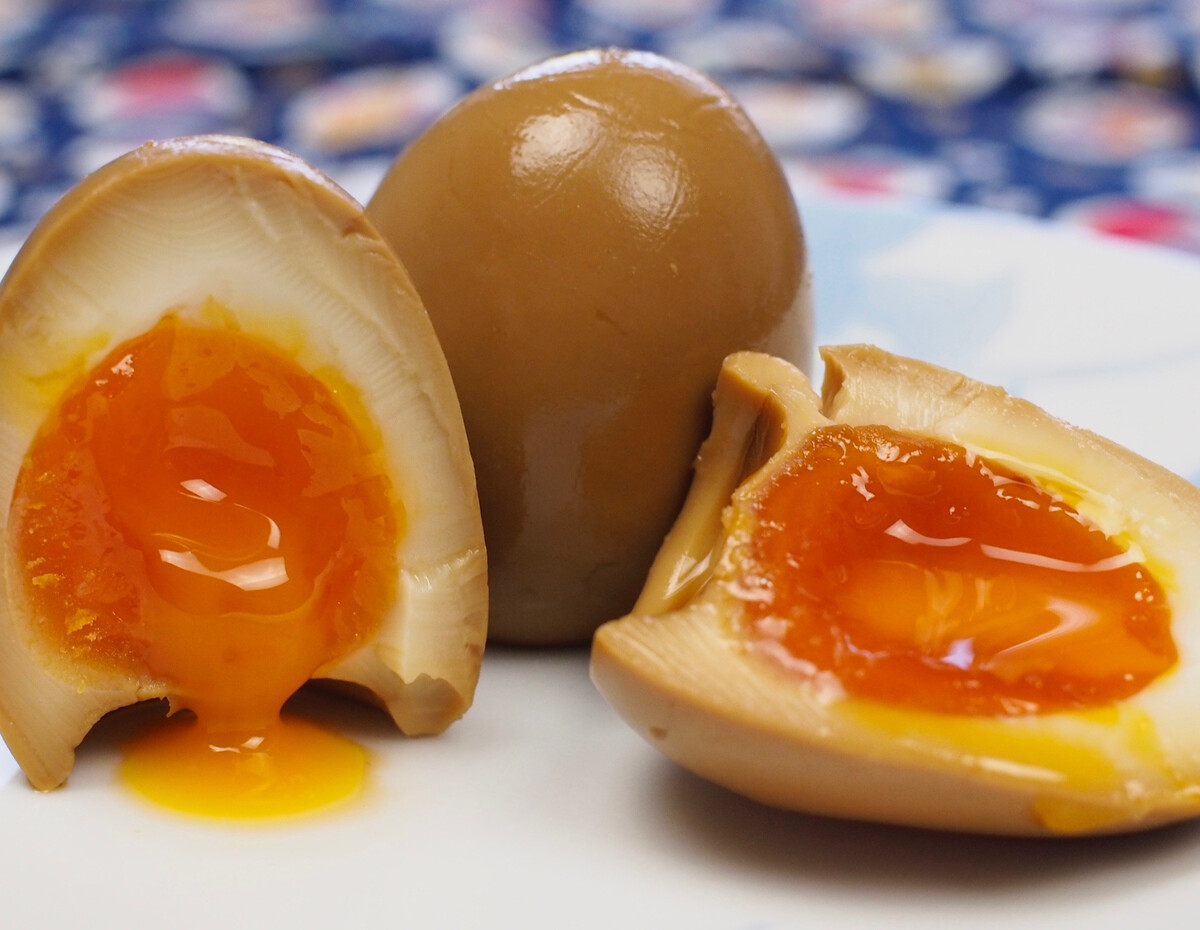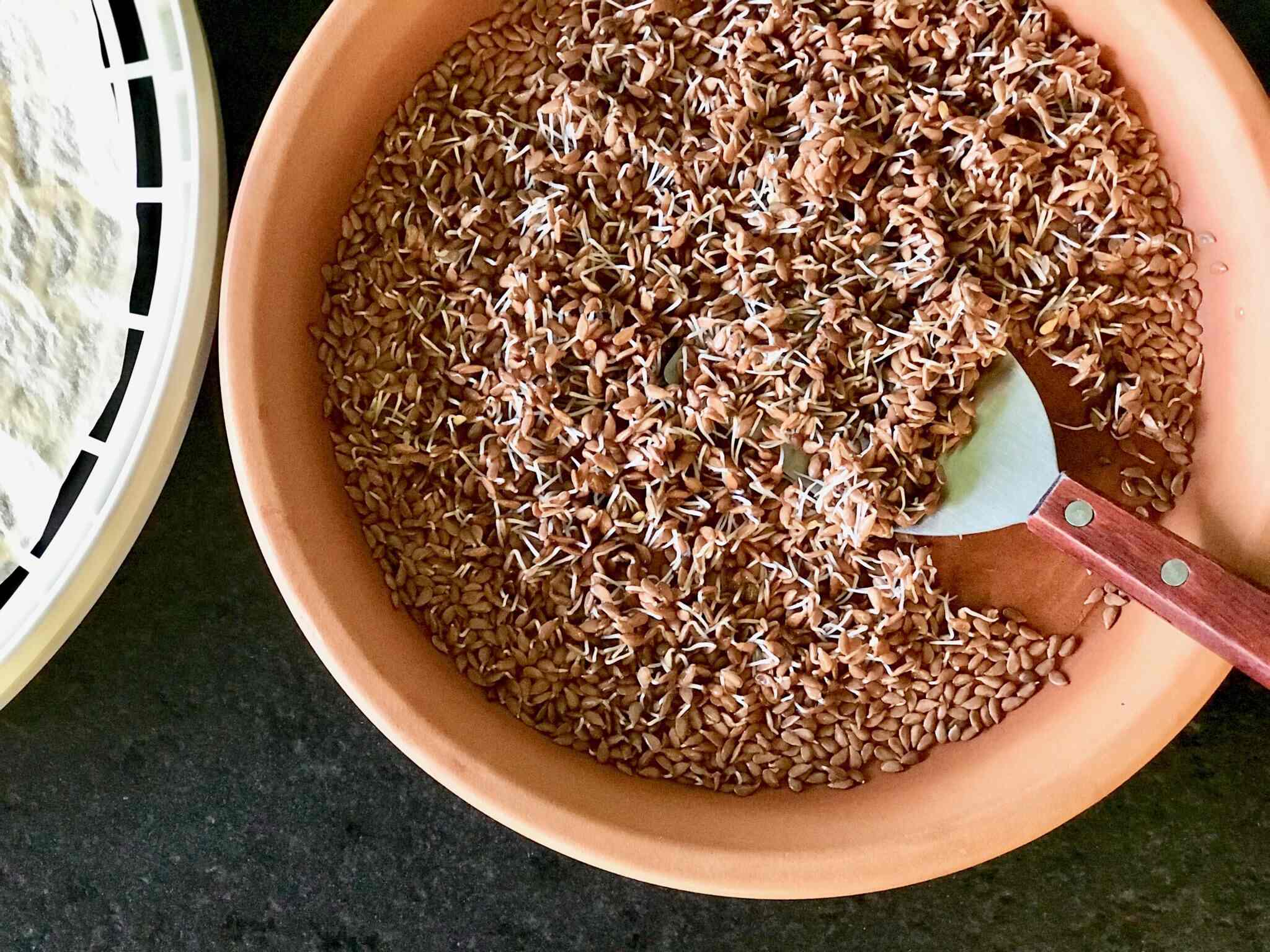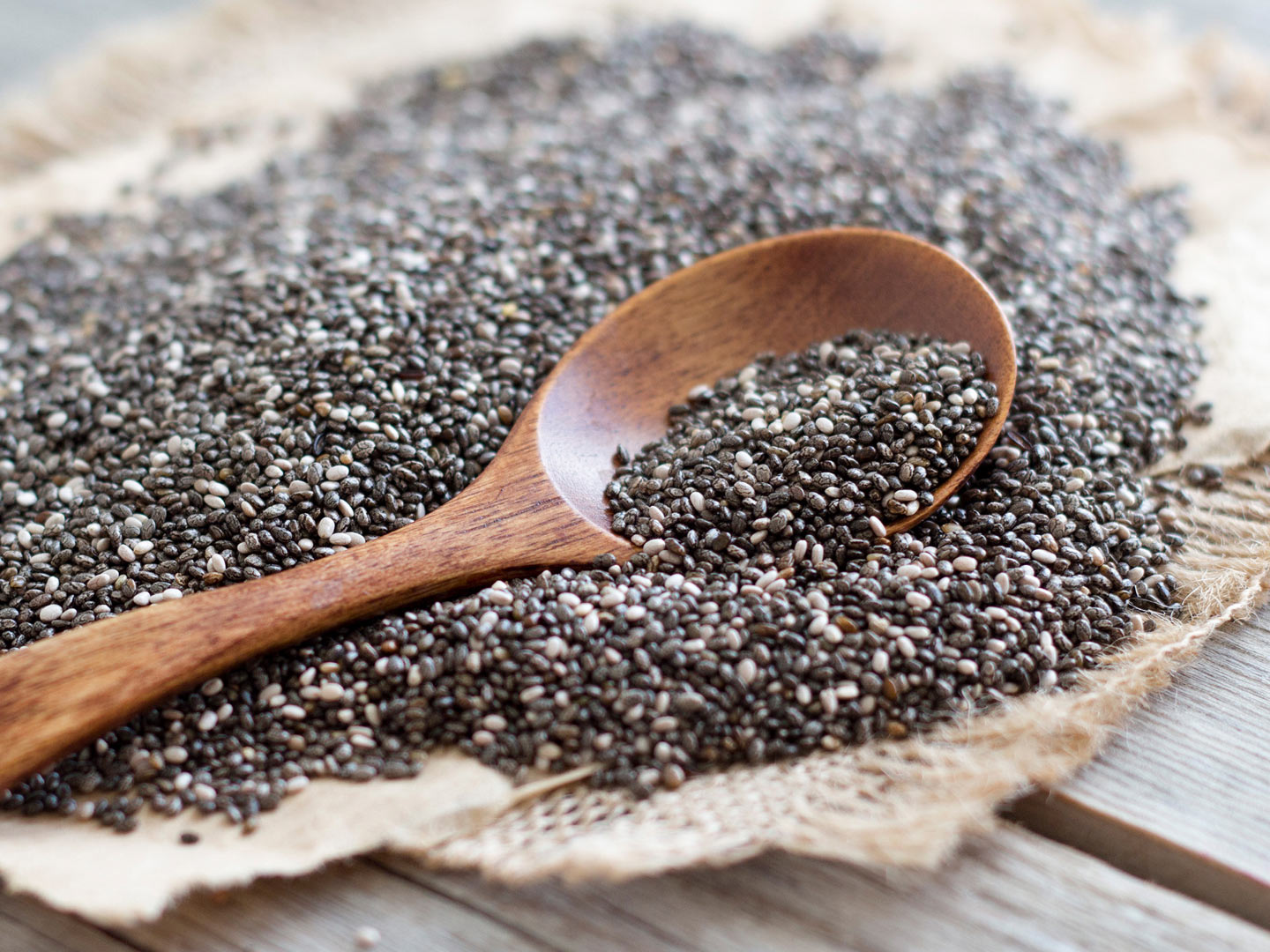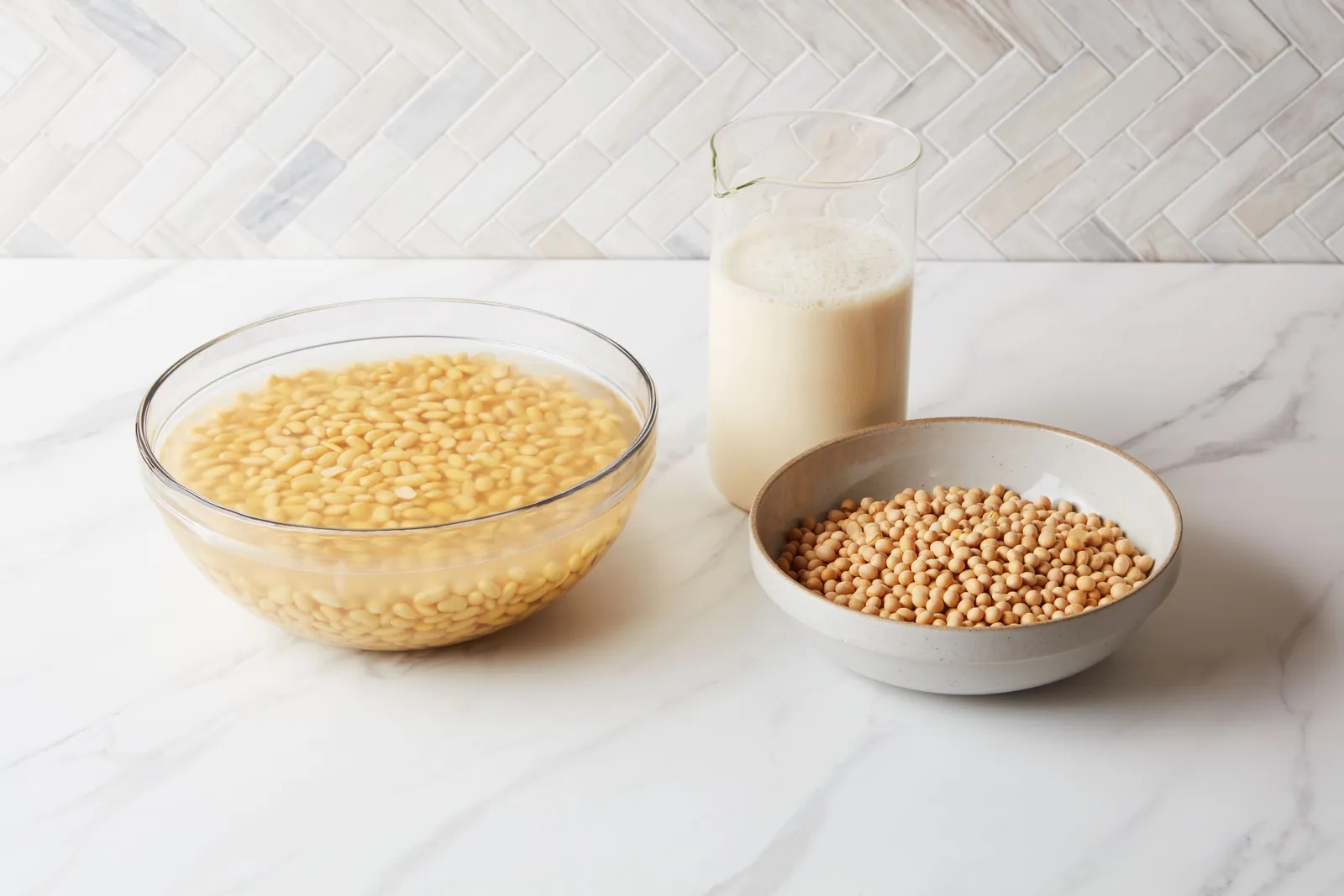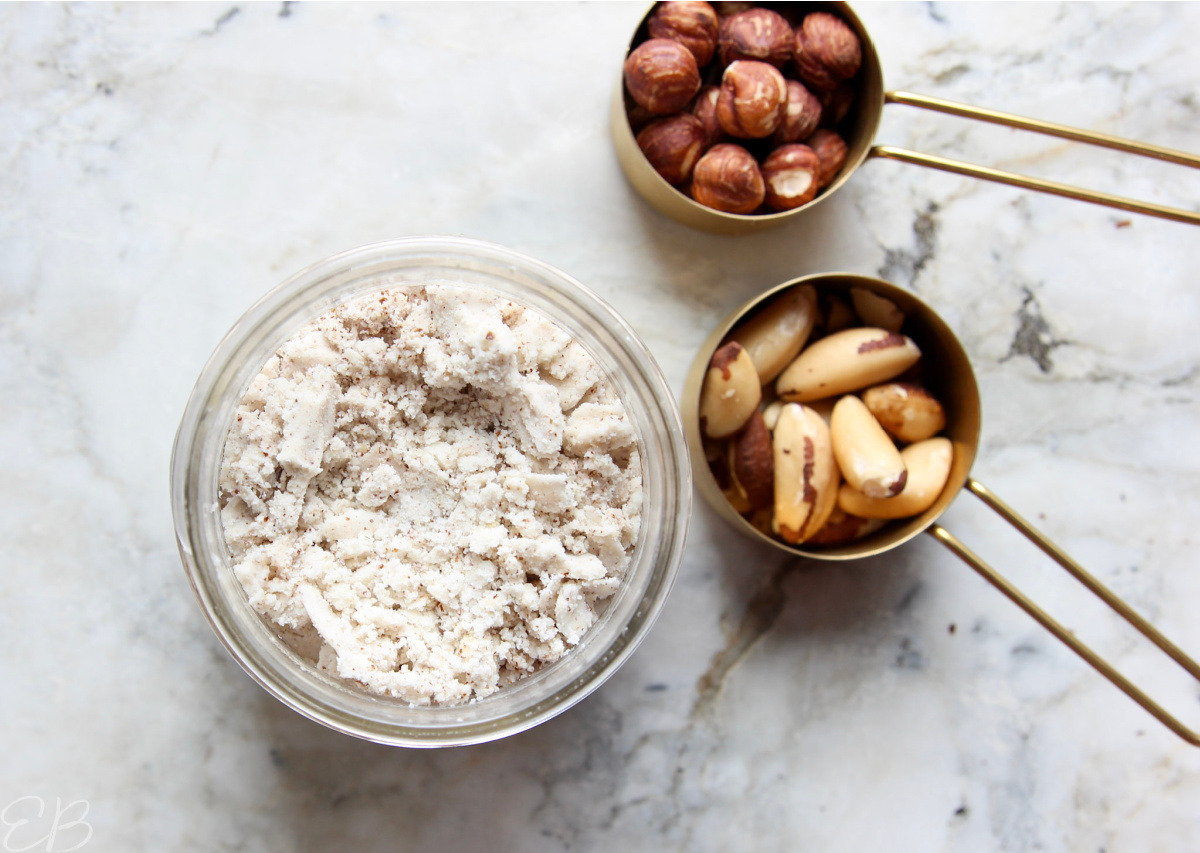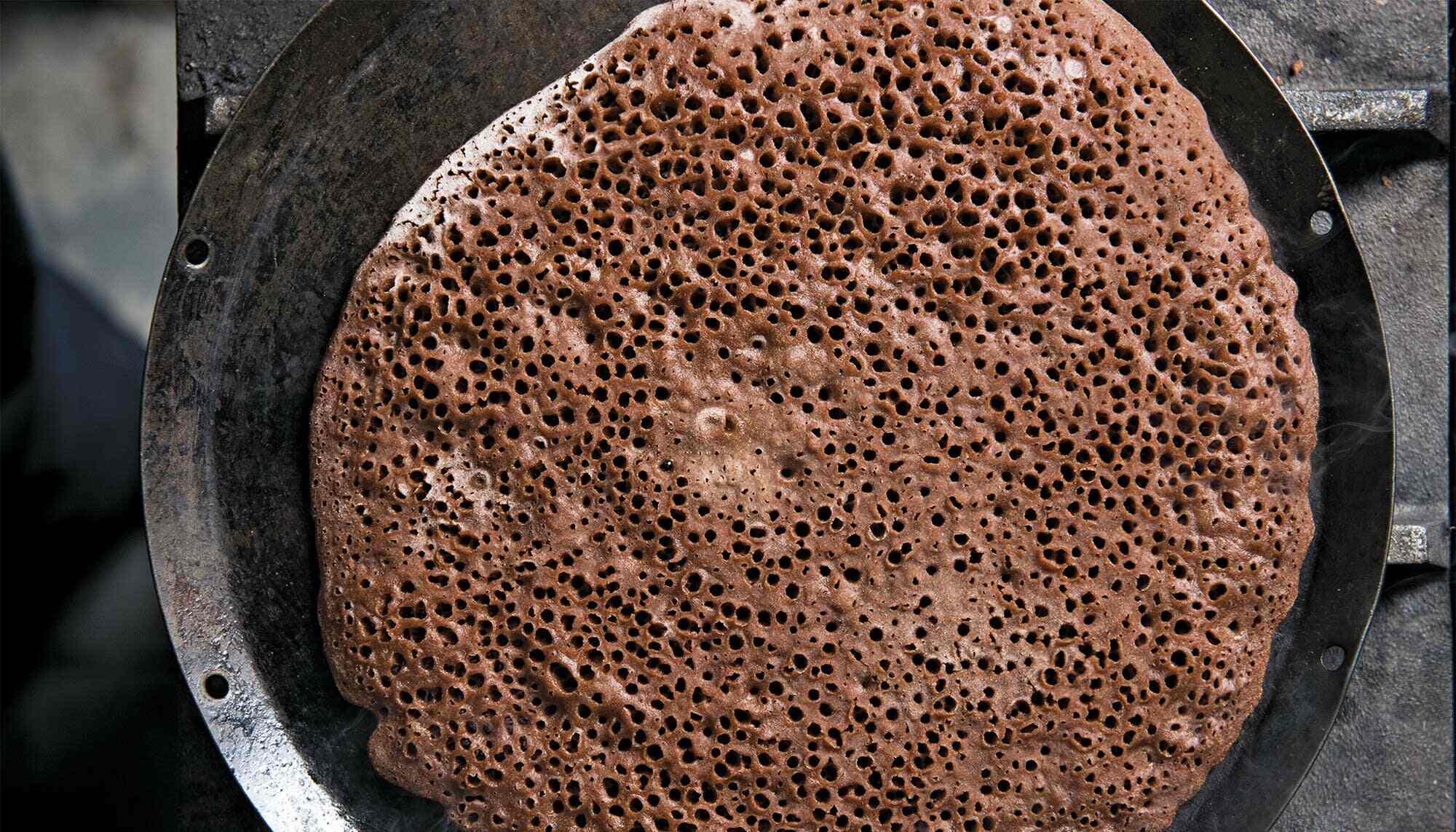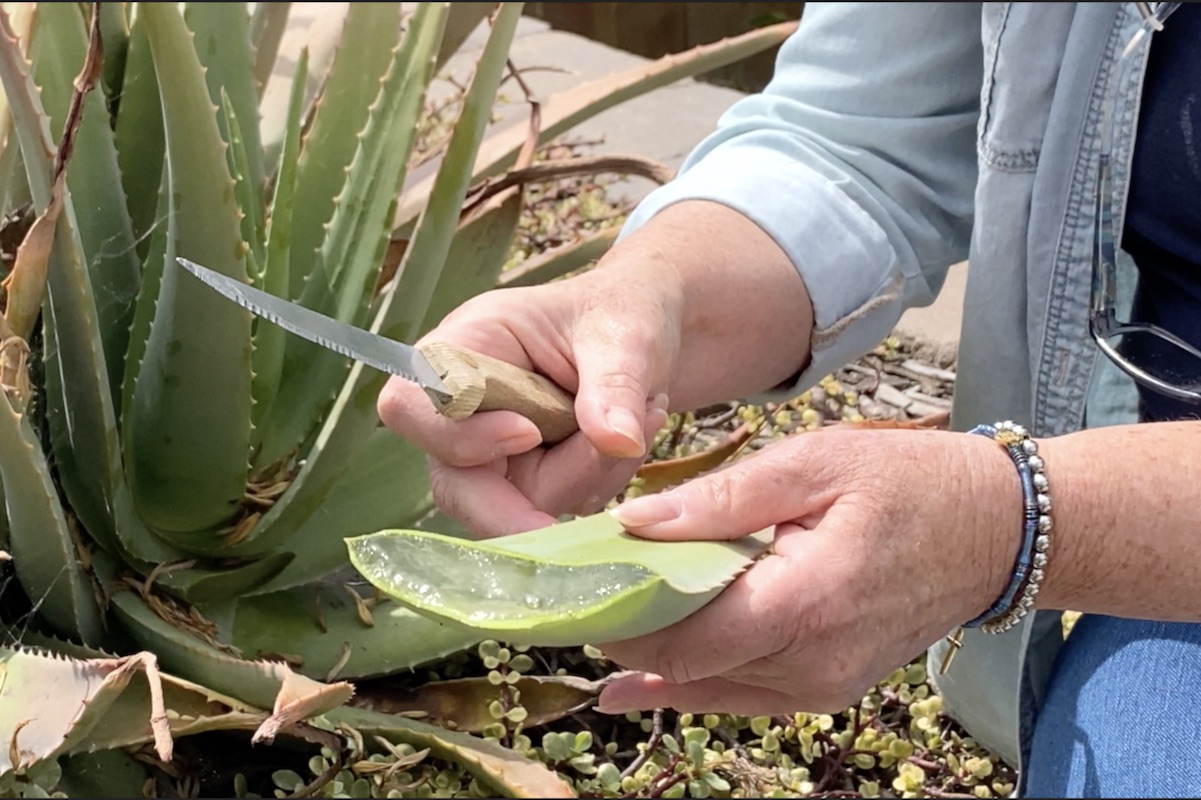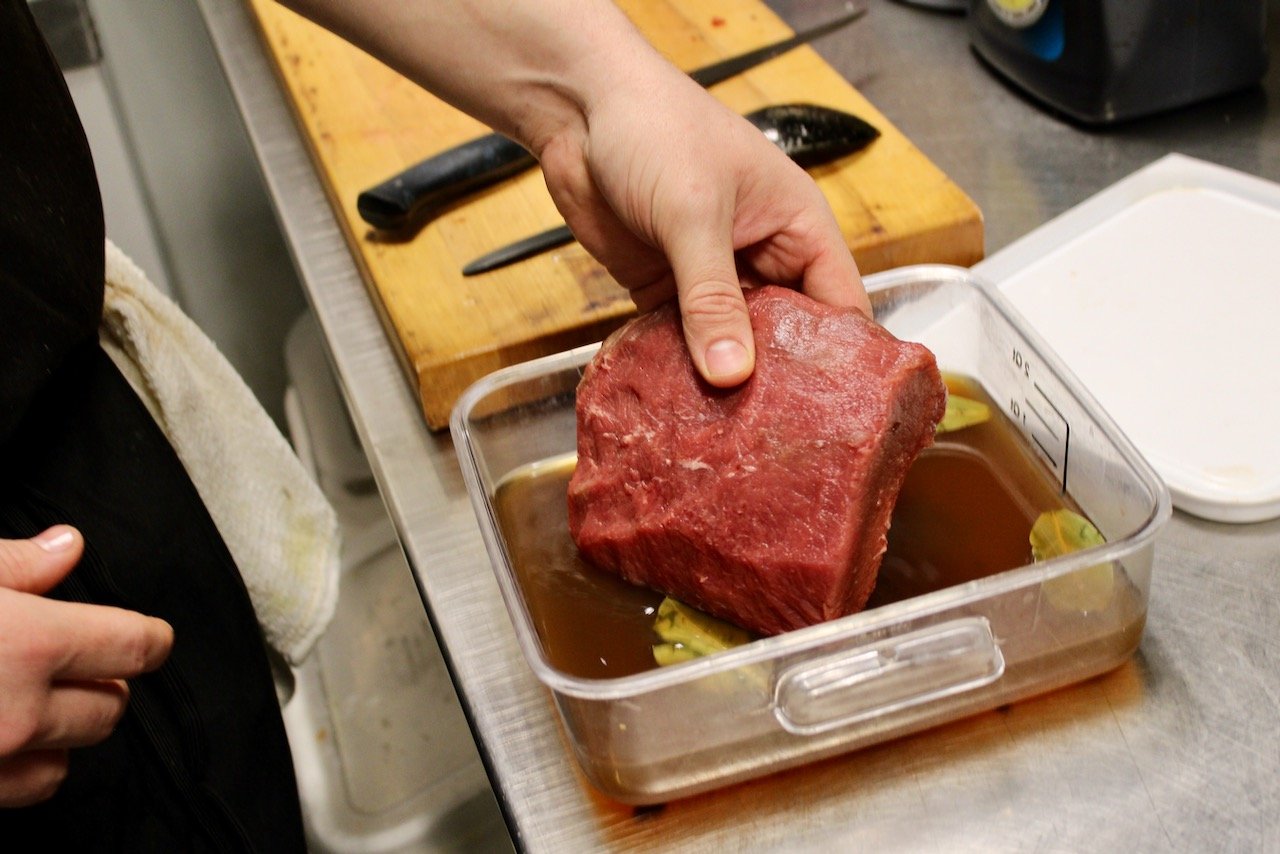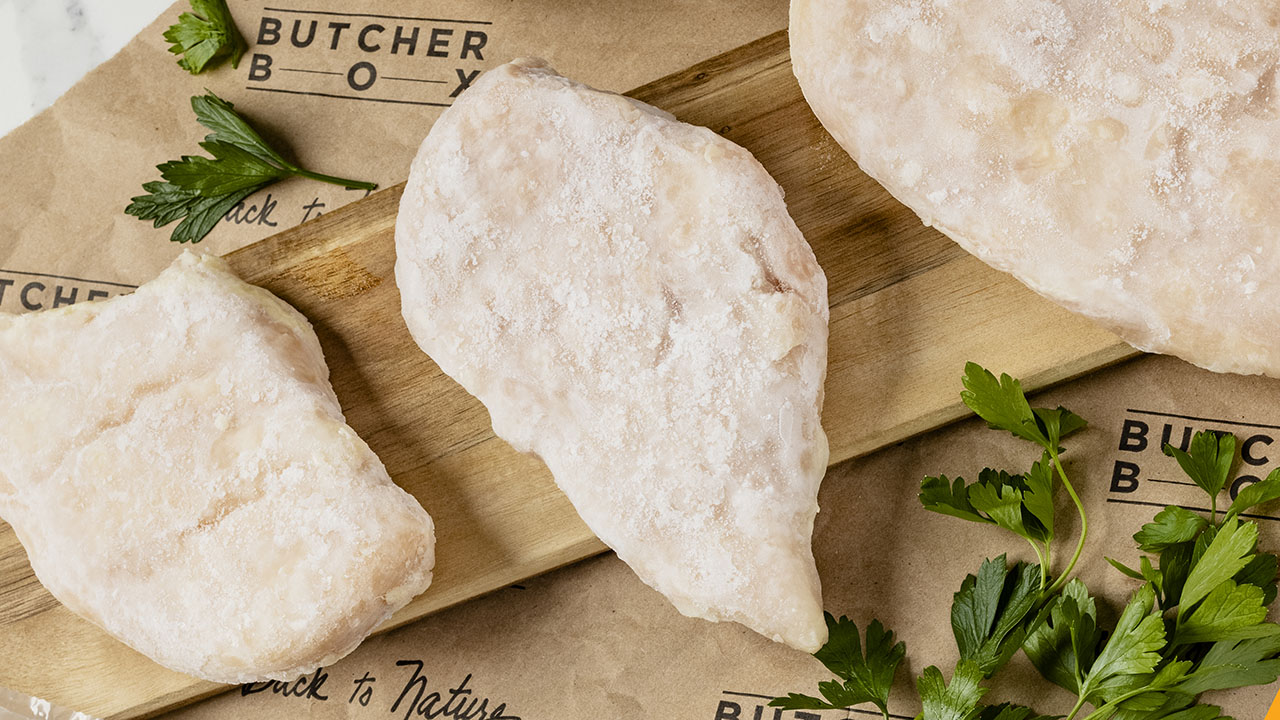Unlocking the Power of Fermented Sesame Seeds
Have you ever considered fermenting sesame seeds? If not, you’re missing out on a simple yet powerful way to enhance the flavor and nutritional value of this tiny seed. Fermentation is a natural process that can transform ordinary sesame seeds into a delicious and versatile ingredient that can be used in a variety of dishes.
Why Ferment Sesame Seeds?
Before we delve into the process of fermenting sesame seeds, let’s explore why you should consider doing so. Fermentation not only enhances the flavor of sesame seeds but also unlocks their nutritional potential. When you ferment sesame seeds, you are essentially kickstarting the process of breaking down their natural compounds, making them more digestible and nutrient-dense.
Additionally, fermented sesame seeds develop a unique tangy flavor that adds depth to dishes, making them a versatile ingredient in both sweet and savory recipes.
How to Ferment Sesame Seeds
Now that you understand the benefits of fermenting sesame seeds, let’s walk through the simple steps to do so:
- Prepare the sesame seeds: Start by rinsing the sesame seeds thoroughly to remove any dirt or debris. Then, spread them out on a clean kitchen towel to dry.
- Combine with salt: In a clean, dry glass jar, mix the sesame seeds with a small amount of salt. The salt not only enhances the flavor but also helps to create a favorable environment for fermentation.
- Add water: Once the sesame seeds are mixed with the salt, add enough water to cover them completely. Ensure that the seeds are fully submerged.
- Allow fermentation: Cover the jar with a breathable cloth or paper towel secured with a rubber band. Let the sesame seeds ferment at room temperature for 2-3 days, stirring them once a day to ensure even fermentation.
- Check for readiness: After 2-3 days, taste the fermented sesame seeds to check if they have developed the desired tangy flavor. If so, they are ready to use. If not, allow them to ferment for an additional day or two, tasting them daily until they reach the desired flavor.
- Store and use: Once the sesame seeds are fermented to your liking, transfer them to a clean, airtight container and store them in the refrigerator. They can be used in a variety of recipes, adding a unique flavor and nutritional boost to your dishes.
Ways to Use Fermented Sesame Seeds
Now that you have a batch of delicious fermented sesame seeds, here are some creative ways to incorporate them into your cooking:
- Fermented sesame seed paste: Blend the fermented sesame seeds with a bit of oil to create a tangy and flavorful paste that can be used as a spread or dip.
- Salad dressing: Add fermented sesame seeds to your favorite salad dressing recipe for an extra burst of flavor.
- Baked goods: Incorporate fermented sesame seeds into bread, muffin, or cookie recipes for a unique twist.
- Asian-inspired dishes: Use fermented sesame seeds as a topping for stir-fries, noodle dishes, or sushi rolls to add a tangy kick.
With these simple steps, you can unlock the potential of sesame seeds and elevate your culinary creations with the unique flavor and nutritional benefits of fermented sesame seeds. Give it a try and experience the delicious difference for yourself!
Was this page helpful?
Read Next: How To Ferment Pizza Dough

